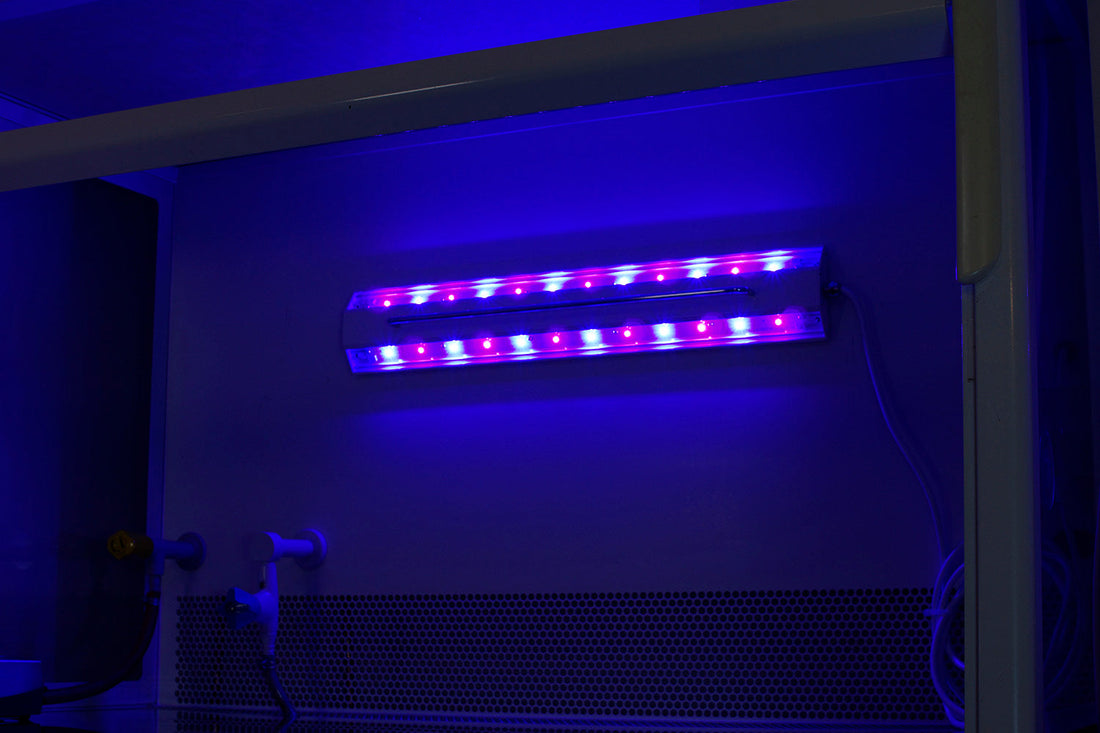
Does blue LED light kill bacteria?
Share
Yes, like ultraviolet radiation, visible blue light can be used for killing bacteria. It is actually very effective on bacteria, yeast, mold and lipid-enveloped viruses. Blue light also penetrates biofilm better than UV radiation and chemical disinfectants.
But only specific wavelengths of visible blue light have antimicrobial properties, and the intensity of the light must be high, so you cannot use just any LED light source. Antimicrobial blue light can be produced by special LED-based equipment. The most commonly used antimicrobial blue wavelength is 405 nm, but it is not the only one.
- Sometimes manufacturers use 405 nm blue light mixed together with white light, but international studies show that such products do not in practice have a statistically significant effect on microbes outside laboratory conditions.
Watch the below video to learn how Multi-Wavelength, High-Intensity (MWHI) blue light kills microbes. For more information, independent test results, and scientific studies, please visit our science section.
Also see our article on different types of blue light sanitizers.
Our microbiology experts are also happy to discuss the effectiveness of blue light if you have any questions.
